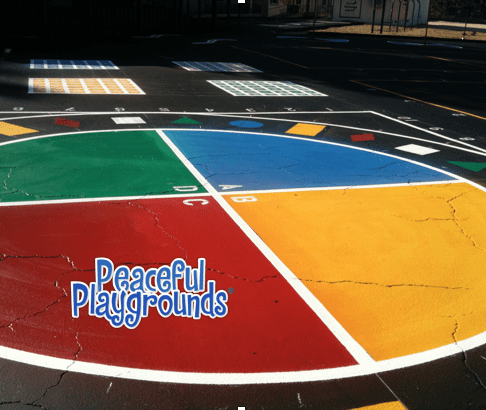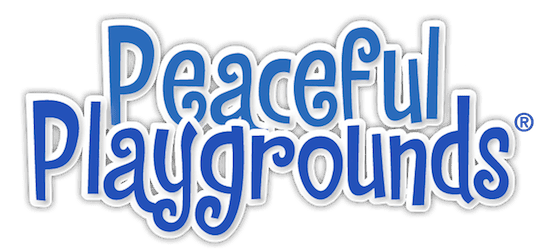PTA Parents Transform School Playground with Painted Games
The old blacktop, once a dull gray expanse, had been reborn. It was a riot of color, a vibrant tapestry of painted games that stretched across the school playground. Parents watched with a quiet satisfaction as children swarmed the newly transformed space. Gone were the days of aimless running and idle chatter or where the biggest ruled. Now, the air buzzed with purpose, with laughter punctuated by the rhythmic thump of sneakers on painted squares and circles.
Parents were initially skeptical, their eyebrows raised when Mr. Owens the principal announced the playground makeover. "Painted games?" someone had scoffed. "Isn't that just for little kids?" But the principal and some parents had seen the potential, the way these vibrant additions could transform recess into an extension of the classroom. The idea of a PTA do-it-yourself playground project was a new concept usually, PTAs bought library books or paid for school fieldtrips.
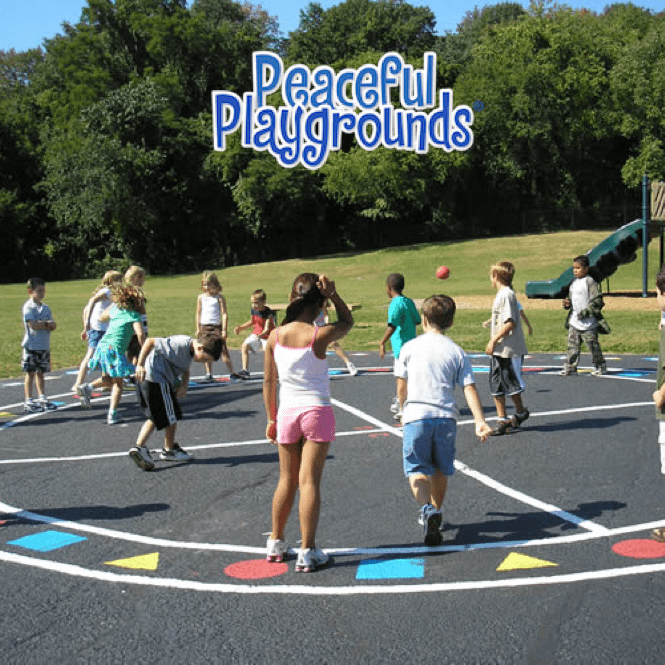
The first thing that parents and teachers observed was that children weren't just playing: they were learning. A group huddled around a giant map of the United States, their voices a chorus of state names as they hopped from one painted outline to another. Geography had never been so engaging. Another cluster of students navigated a colorful number line, their shouts of "plus one!" and "minus two!" echoing across the playground. Math, once confined to textbooks and worksheets, had become a physical adventure.

lanier-playground-before
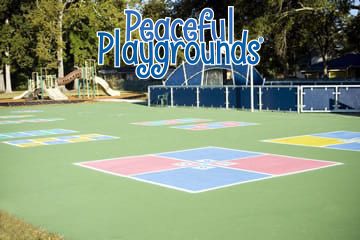
lanier-playground-after
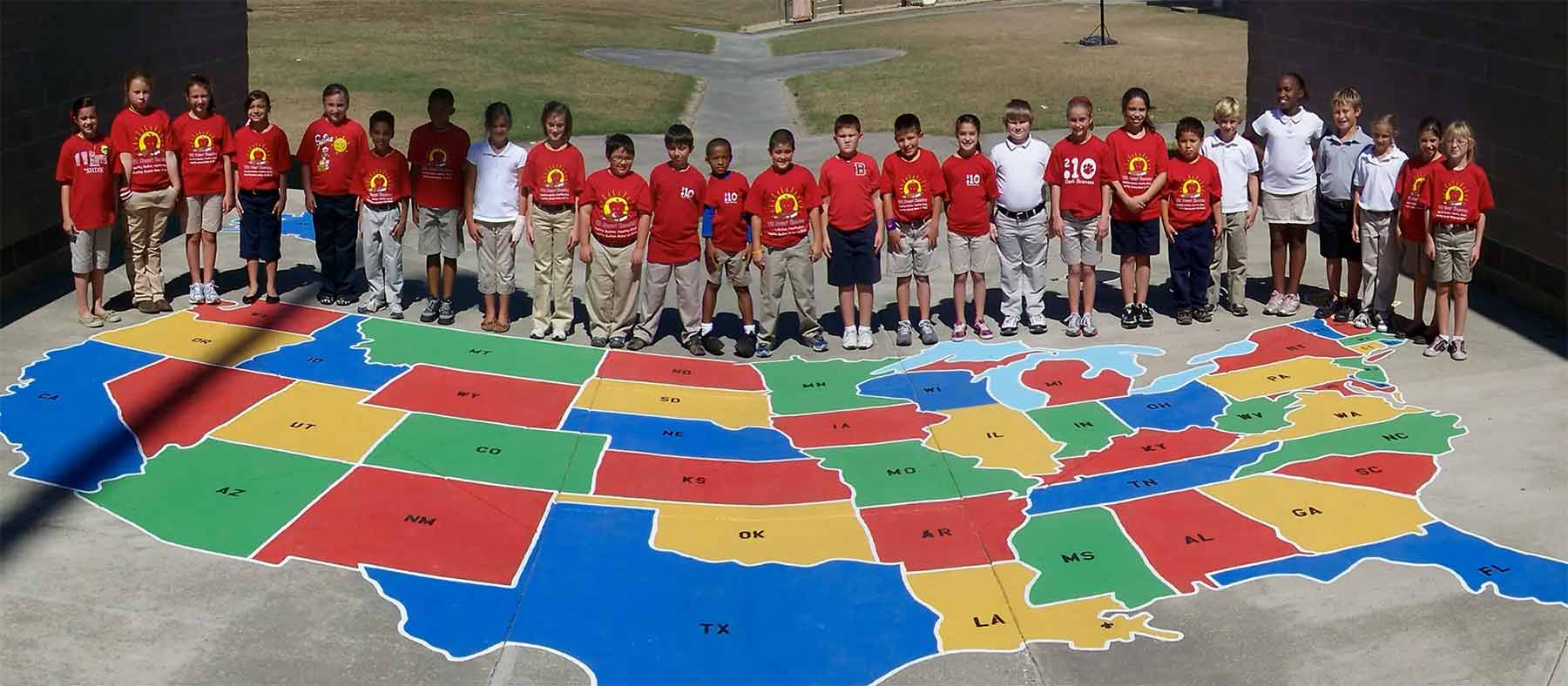
Figure 3 US Map Painted on Playground Enhances Learning
Principal Mr. Owens smiled. The benefits were undeniable. Active learning, they called it. The children weren't just passively absorbing information; they were actively engaged, their
bodies and minds working in tandem. The concepts, once abstract, were now tangible, concrete. They were learning by doing, and the lessons were sticking.
And it wasn't just academics. The games fostered teamwork, cooperation, and communication. Children negotiated rules, strategized moves, and celebrated victories together. They were building social skills, forging friendships, and learning to navigate the complexities of peer relationships.
The playground had become an inclusive space, a place where every child could participate and succeed as all painted games were at ground level making them accessible to all students. The painted games were adaptable, catering to different learning styles and abilities. There were word and alphabet games for the linguistically inclined, and fitness courses for the physically adept.
As the recess bell rang, signaling the end of playtime, PTA parents watched her students file back into the classroom, their faces smiling with excitement. They weren't just tired; they were energized, their minds buzzing with newfound knowledge and experiences.
The painted playground games weren't just a passing trend; they were a revolution, a testament to the power of play as a tool for learning and development. The blacktop, once a symbol of monotony, had been transformed into a vibrant learning landscape, a place where learning and fun collided, leaving a lasting impact on the lives of the children who played there.
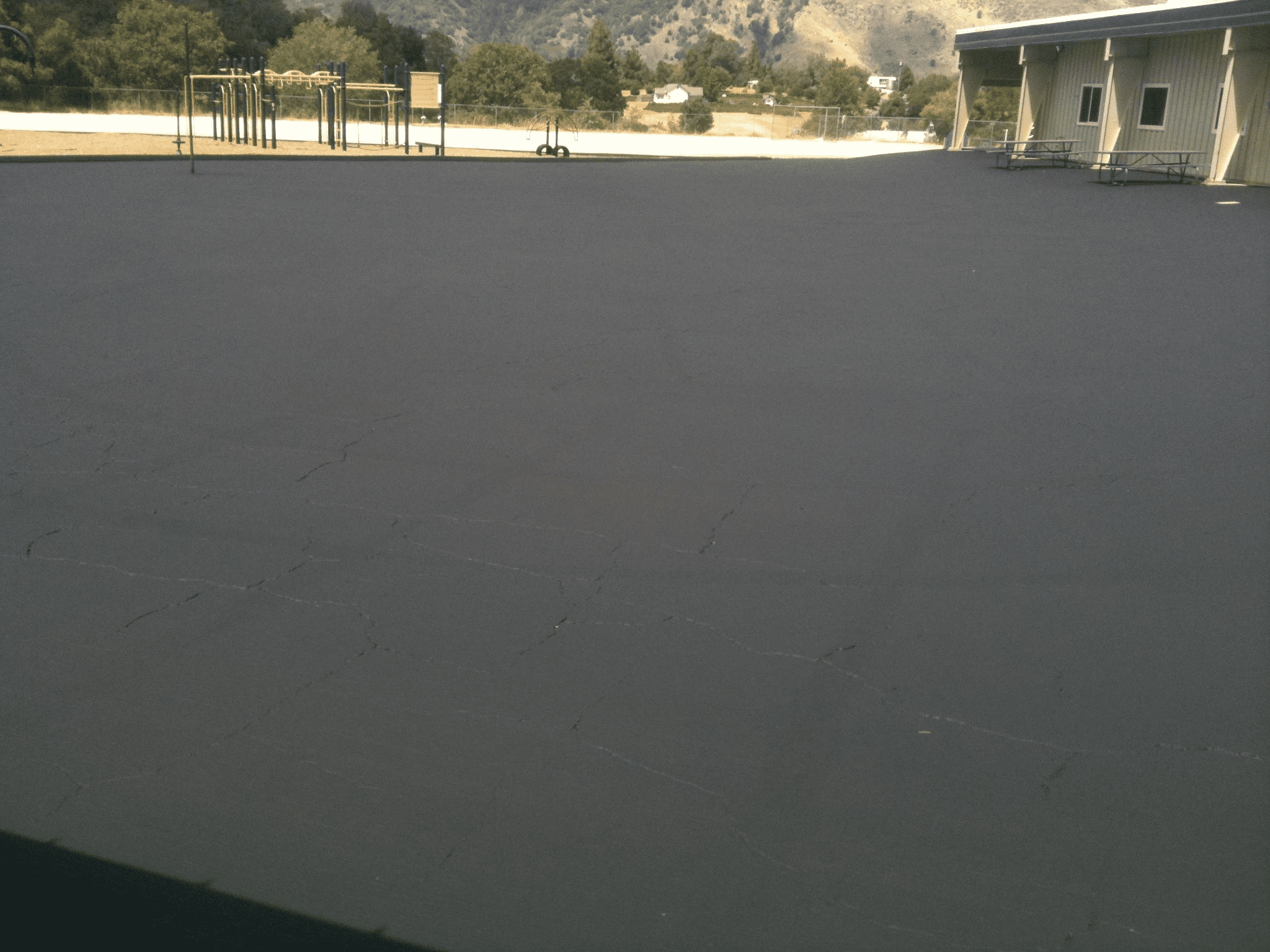
Julian before
